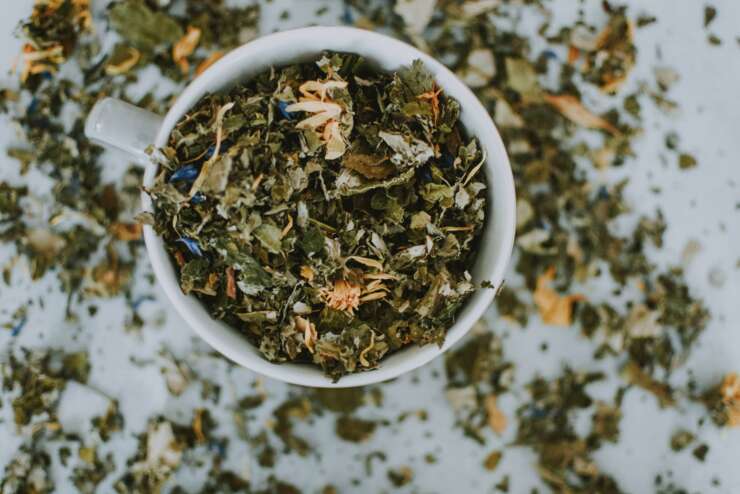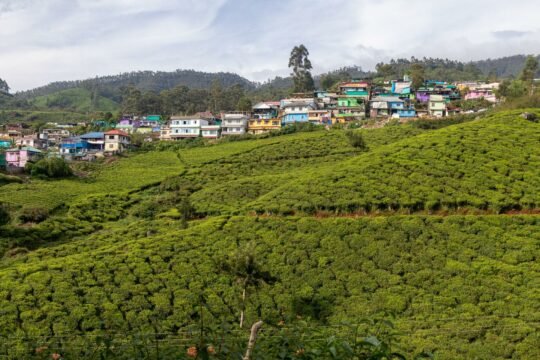A warm blanket, a nice movie and a steaming cup of tea, that’s all you need to make it cosy at home. Tea is a coveted product in Europe and the total consumption continues to grow each year. Even here in Belgium, we drink it in many circumstances. Alone or with others. To make ourselves cosy or to unwind. During the afternoon tea or during another break.






